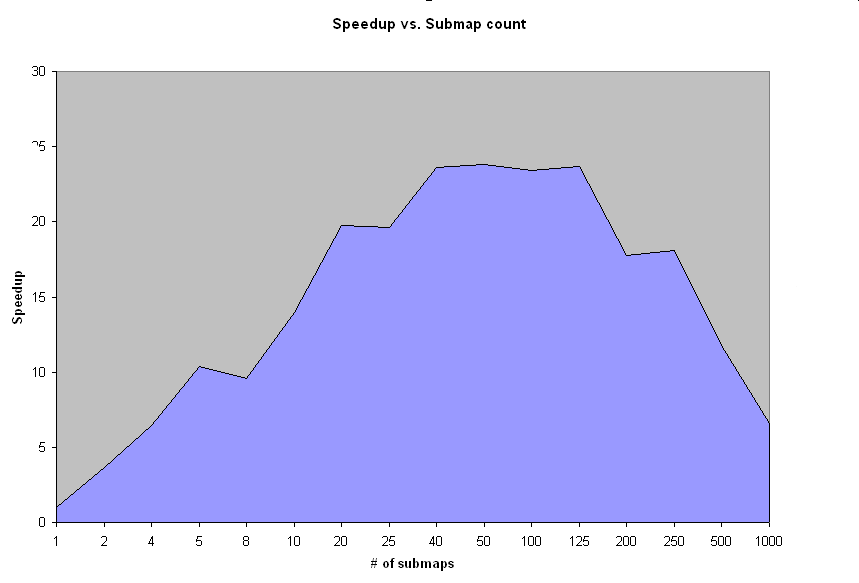Polygon Overlay example that demonstrates the use of parallel_for.
This example is a simple implementation of polygon overlay, as described in
Parallelizing the Polygon Overlay Problem Using Orca, by H.F. Langendoen.
The solution was implemented in three forms:

For the most up to date system requirements, see the release notes.
For information about the minimum supported version of IDE, see release notes.
General build directions can be found here.
For the various UI options, see the common GUI code build instructions.
Building via the above make commands, or via Microsoft* Visual Studio* projects on Windows* systems, produces executable files named pover.exe. To run these executables directly, use one or more of the following commands:
Intel, Intel Core and the Intel logo are trademarks of Intel Corporation in the U.S. and/or other countries.
* Other names and brands may be claimed as the property of others.
© 2019, Intel Corporation